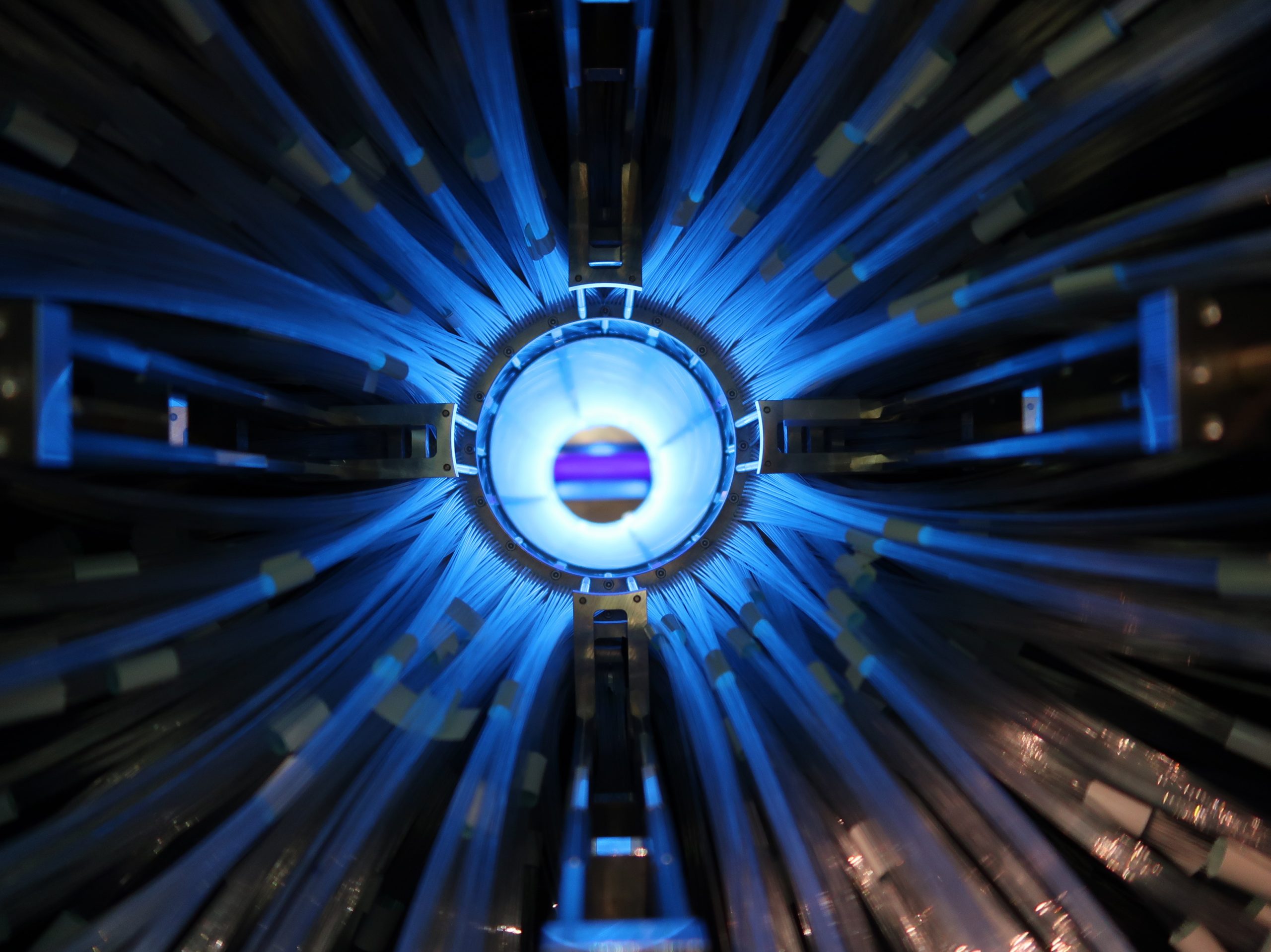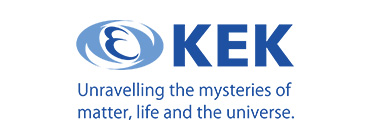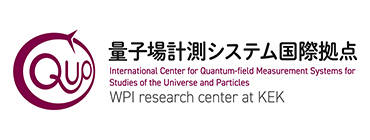- Topics
[Welcome to the IPNS] Interview with Dr. LAU Tak Shun of the Belle Group
October 5th, 2024
In June 2024, Dr. LAU Tak Shun joined the Belle Group at IPNS as an assistant professor.
We interviewed him about what sparked his interest in the world of particle physics, the research he has conducted, and how he refreshes his mind when faced with challenges in his work.
■What sparked your interest in particle physics?
When I was a child, I loved going to the public library in the summer because it had strong air conditioning. Among all the books, the ones that depicted the universe with stunning pictures really captivated me. Since then, I have fallen in love with science, especially the questions related to “why” and “how” our universe works. This led me to choose science subjects in high school. One day, after an exam, our physics teacher surprised us with a gift—no lecture, just a movie. The movie was a documentary, The Elegant Universe by Brian Greene. At that moment, I promised myself I would become a particle physicist to explore the questions raised in that documentary.
■What kind of research were you involved in before coming to KEK?
To join the exciting wave of particle physics in 2014, I first went to CERN as a member of the ATLAS collaboration, where I analyzed Higgs boson data through the four-lepton channel. Rather than focusing on the Higgs boson’s mass or spin, my work centered on using Effective Field Theory to explore potential new physics beyond the Standard Model. After completing my graduate studies, I joined the Belle II group at the IJCLab in France. Belle II, with its high luminosity and relatively clean background, is ideal for studying rare decay channels, which could offer clues about physics beyond the Standard Model. My work there involved developing Monte Carlo simulation tools and contributing to data acquisition efforts.
■What kind of research do you hope to pursue at KEK?
The SuperKEKB accelerator aims to reach extremely high luminosity to enable the study of rare processes that could reveal new physics beyond the Standard Model. However, this goal comes with complex technical challenges, particularly in ensuring beam stability and mitigating sudden beam losses (SBL). One area I’m particularly interested in exploring is the application of machine learning (ML) techniques to optimize beam and collimator control. ML has shown great potential in improving real-time monitoring, prediction, and mitigation of beam instabilities. By integrating ML algorithms into the beam control systems, we can potentially detect early warning signs of beam losses and adjust the collimators more efficiently. This could significantly enhance SuperKEKB’s performance and help it achieve its luminosity targets. In turn, such advancements could enable more precise measurements and discoveries in the realm of high-energy physics.
■Can you share your method of refreshing your mind when facing difficulties in research and work?
When I encounter challenges or feel stuck in my research, I find that a combination of physical activity and creative outlets helps me reset and approach the problem with a fresh perspective. As a marathon runner, I often use running as a way to clear my mind and think through problems. The repetitive motion helps me relax while allowing deeper reflection on complex issues. Additionally, I enjoy playing music, having been part of orchestras in both France and Hong Kong. I play clarinet in the orchestra. Music offers a different kind of mental engagement that stimulates creativity and lateral thinking, which I find helpful in approaching scientific problems from new angles. I hope to continue these practices at KEK, whether through joining an orchestra in Tsukuba or finding new ways to collaborate with fellow researchers. These activities not only refresh my mindset but also fuel my motivation to push forward in research.
We look forward to your future activities at the IPNS!








